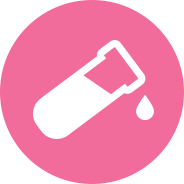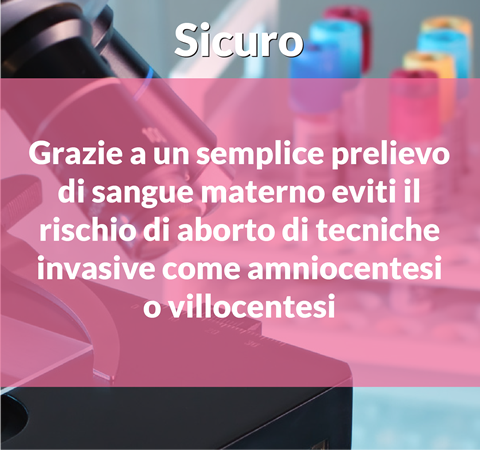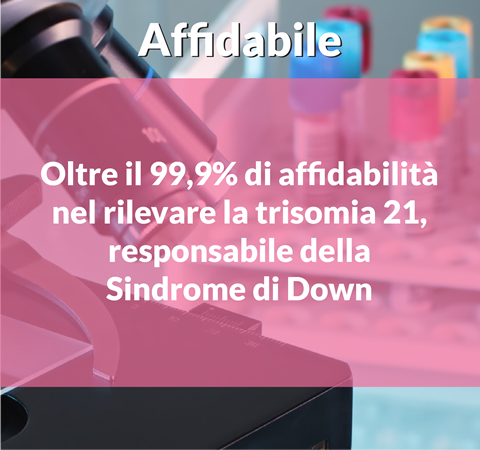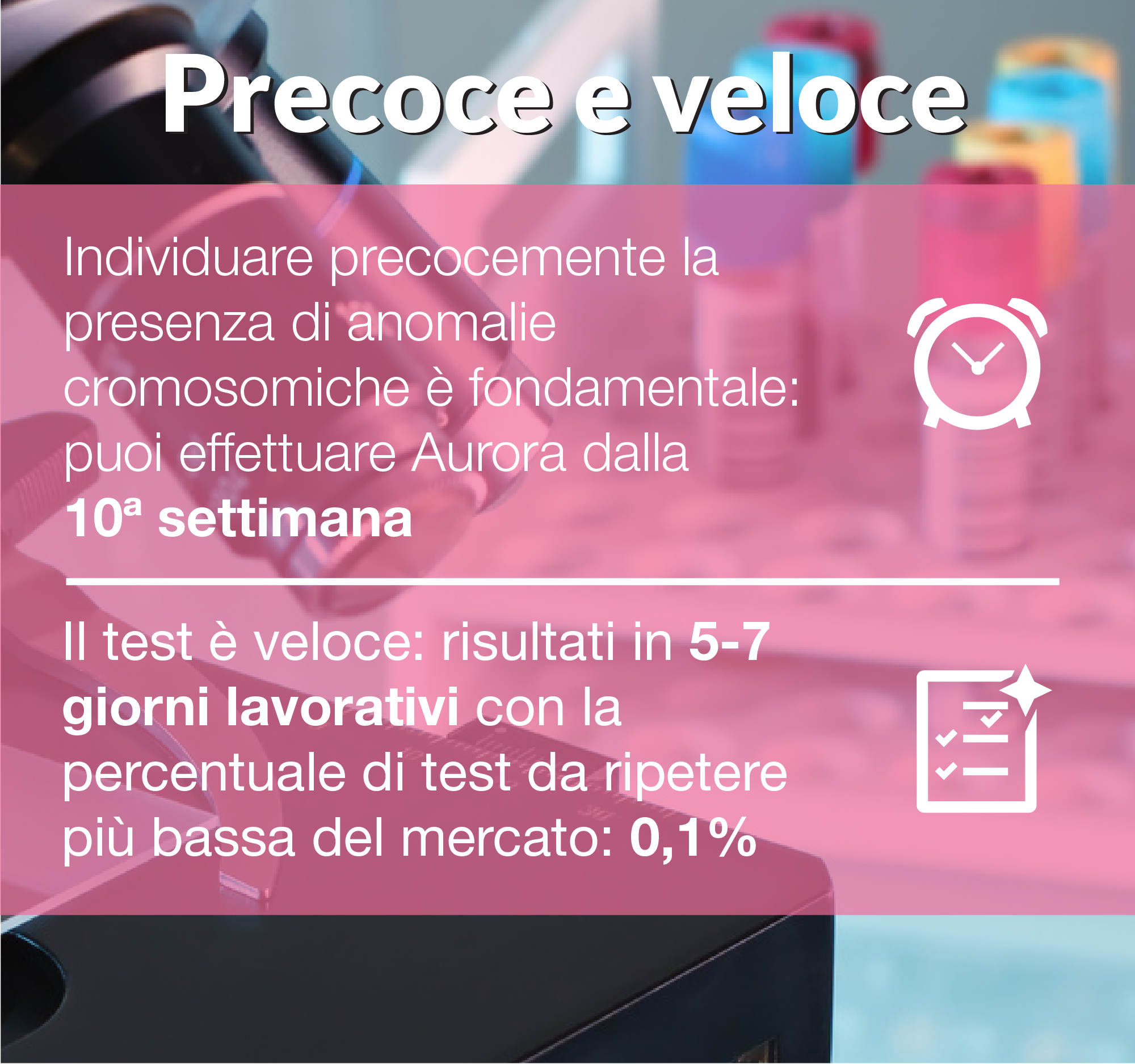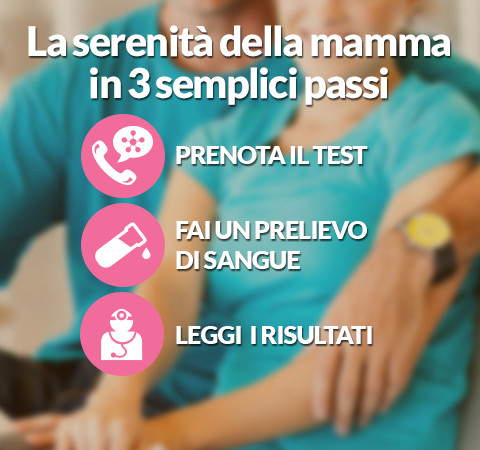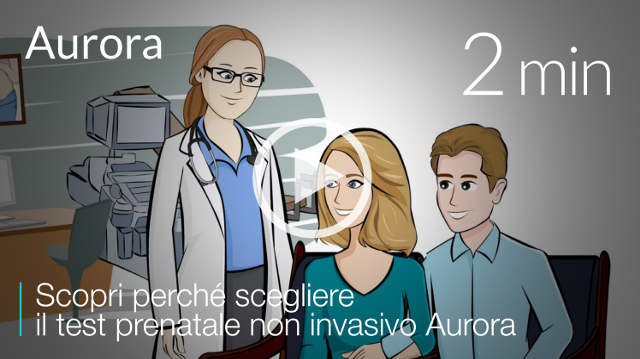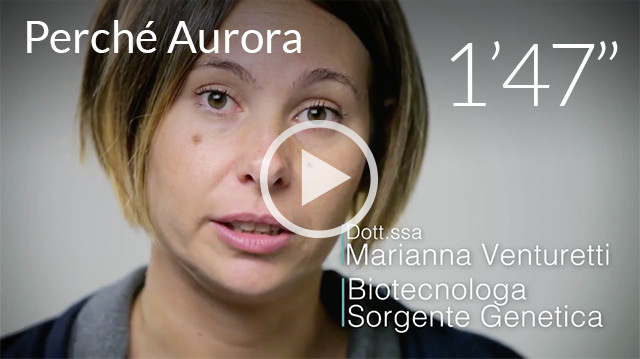A clinical study by the University of Leicester has tested the usefulness of genetic testing of cancer treatment. As it turns out, the tests help to decide at what time it is better to perform radiotherapy. The choice of the time of day can indeed help to better withstand the toxicity of the treatment. This way you can reduce the negative effects and increase the chances of success.
The genetic test analyzes the genes that regulate the circadian cycle, that is, in our internal clock. By identifying the variations in these genes, it is possible to understand whether it is better to carry out the treatment in the morning or in the evening. The researchers applied this principle to the treatment of 879 patients with breast cancer.
The variations of the PER3 and NOCT genes are linked to lower resistance in the morning. These patients, if treated in the early hours of the day, are exposed to the risk of short and long-term side effects. This happens because their cells tend to divide earlier in the day. During this phase, the cells are more vulnerable and it is easier for radiation therapy to damage them.
The test is a new piece in the creation of increasingly personalized treatments. A simple genetic test could be enough to decide which is the best time for radiotherapy. This would be enough to save suffering to many sick people. To date, in fact, there are thousands of patients who suffer from the side effects of the treatment, especially on the skin. These include burns, reddened areas and changes in skin color.
Source: medicalxpress.com




